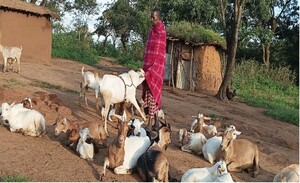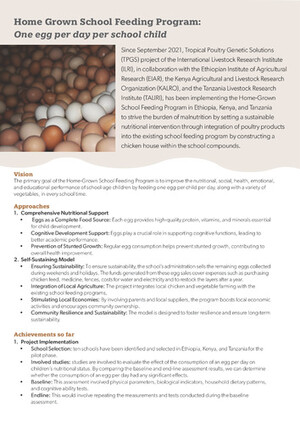
Characterization of smallholder pig breeding practices within a rural commune of North Central Vietnam
Abstract
This case study focused on a pig production system in a rural area of North Central Vietnam, with a focus on describing household pig breeding practices and estimating herd demographic parameters, particularly on reproduction. One hundred five households undertaking small-scale piglet production were surveyed, with information gathered on 3268 individual pigs. Pig keeping contributed variably to the overall household livelihood portfolio, with female household members as the main decision makers, contributors to labor, and beneficiaries of income from the pig enterprise. All households kept between one and four young or adult sows, with 69 % of these sows of a local breed type (predominantly Mong Cai), 28 % a cross between a local sow and an exotic sow (predominantly Large White), and the remainder (3 %) as exotic sows. Eighty-eight percent of the piglets produced were cross-bred, while 12 % were local breed. No adult males were kept by the surveyed households, reflecting the common use of artificial insemination for mating purposes. The most common breeding system practiced—the keeping of Mong Cai females and production of cross-bred piglets—capitalizes on the small body size and high fecundity of the sows and the fast growth rate and leanness of the cross-bred piglets. The survey tool used, which was based on farmer recall of events over the preceding 12-month period, appeared to give reasonable results although some recall bias could be detected. This case study will serve as an entry point to planned broader scale characterization and development of pig breeding systems in North Central Vietnam.
Citation
Ieda, N., Quang Van Bui, Nga Thi Duong Nguyen, Lapar, M.L. and Marshall, K. 2015. Characterization of smallholder pig breeding practices within a rural commune of North Central Vietnam. Tropical Animal Health and Production 47(6): 1005-1016.










